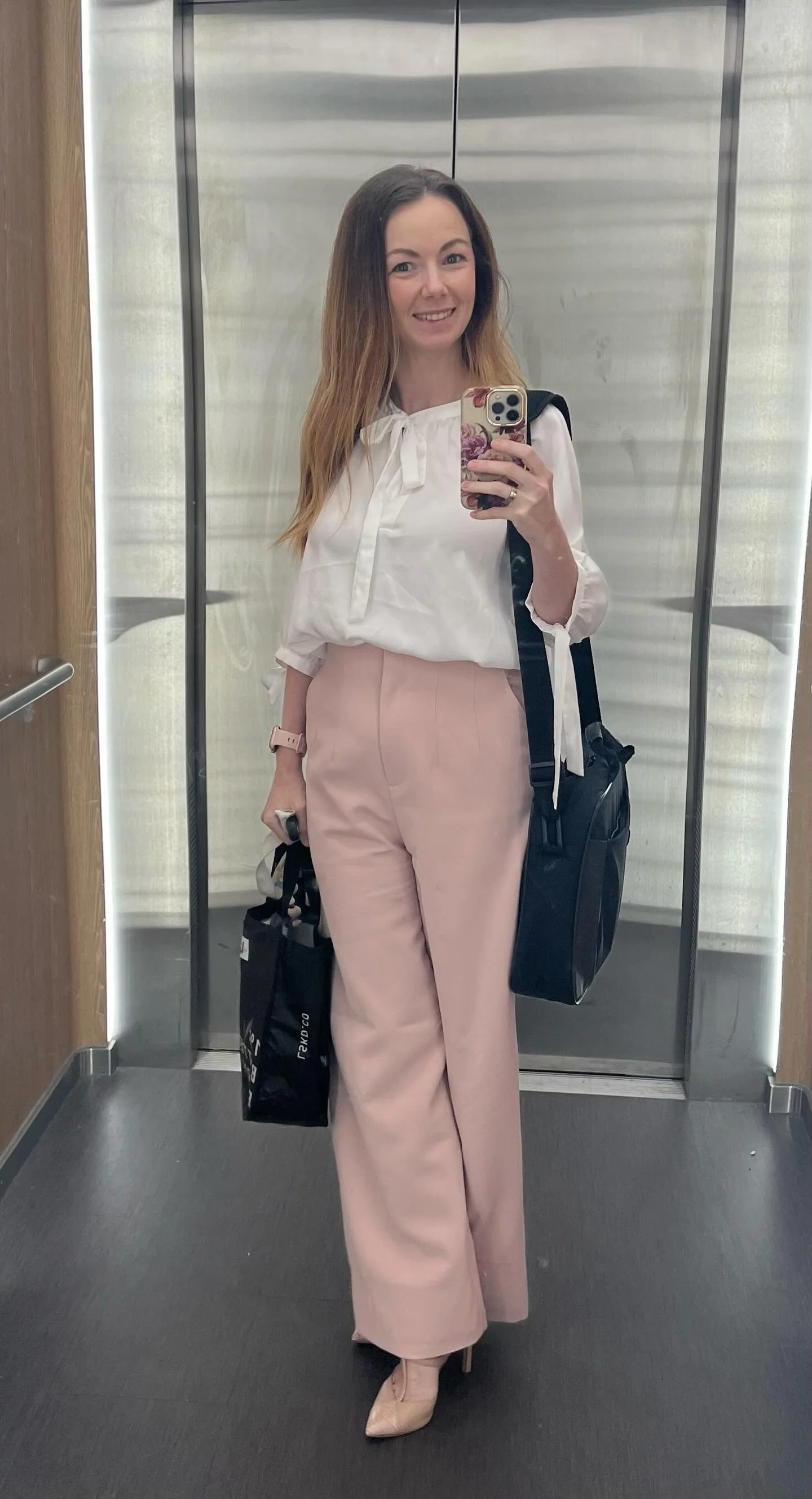Let’s Chat with Sammii
By Sammii Walters
I’m sharing my experience from both a personal and professional perspective as someone living with endometriosis.
What is endometriosis?
Endometriosis is a painful chronic condition, where tissue similar to the lining of the uterus (the endometrium) grows in other parts of the body. Endometriosis is most commonly located on the ovaries, Fallopian tubes, bladder and bowel, and in rare cases has even been discovered on the lungs, liver and the brain.
Endometriosis can only be definitively diagnosed through laparoscopic surgery, which allows for direct visualisation of the lesions. Abnormal tissues are excised, and samples are then examined histologically to confirm endometriosis is present.
Who does Endometriosis affect?
Research by The University of Queensland found 1 in 9 Australian women are diagnosed with endometriosis by the time they reach the age of 44. This equates to roughly 11% of Australian women.
More recent research by the Australian Institute of Health and Wellness, shows this number could be revised to an estimated 1in 7 or 14%.
Endo and me.
Growing up, curriculum-based "coming of age" discussions often included phrases including "every 28 days" and, "pain and discomfort are normal." These conversations were followed by extremely vague and inadequate anatomy lessons, where we as students were provided with a very basic diagram of the reproductive organs. From that point, I found myself navigating my journey into womanhood alone.
As a 12-year-old, I awoke one morning to the harsh reality of womanhood, marked by searing abdominal and back pain. Remembering the lessons, I reminded myself that this was normal - I was now a woman. Yet, the pain persisted and intensified throughout my teenage years and then into my twenties. General Practitioners, one after another (ten in total), dismissed these symptoms as simply a standard part of being a woman. Occasionally, one might suggest that a mental health professional could help me "work through" the pain, which left me questioning whether my pain was real or just "in my head."
I began my career often facing days, if not weeks, where getting out of bed was near impossible. Despite this, most days, I persevered. The fear of losing my job was a constant shadow. The fear of appearing weak was an unspoken pressure. The fear of being passed over for a promotion, one I had tirelessly worked towards, kept me silent. I kept my struggles to myself, not only for these reasons but also due to the societal taboo surrounding the discussion of women's health issues.
Even in the sweltering heat of Queensland summer, I frequently tied a cardigan around my waist or donned a long jacket, all to avoid an embarrassing moment with co-workers. The situation reached a critical point when I fainted from the pain, while at work and had to be taken to the hospital by ambulance. Despite this, I still did not disclose the full extent of my struggles.
At 28 years old, after 16 years of symptoms, I finally found a medical professional who took my concerns seriously and was referred to a Gynaecologist. Here, I was given a preliminary diagnosis of suspected Endometriosis and three weeks later, I underwent exploratory surgery to confirm. Upon waking up from surgery, this diagnosis was validated – Stage III (3) Endometriosis.
Following my diagnosis, I was introduced to a previously unfamiliar aspect of my workplace - a side where supportive leaders and empathetic colleagues became evident. Their unwavering support has been a constant throughout multiple surgeries, days of debilitating pain, countless appointments, four years of assisted reproductive treatments, the heartache of miscarriages, and the complexities of difficult pregnancies. This is the PICA Group.
Despite these trials, I have felt genuinely seen by the people I share my workdays with. I feel absolutely no shame in sharing my experiences with them or requesting additional support when necessary.
Five and a half years after my diagnosis, the support I receive every day continues to uplift me. From receiving flowers after a procedure, to the flexibility of working from home, as well as the adaptation of work arrangements and utilisation of employee benefits, every gesture has been wholeheartedly appreciated.
Why am I sharing this? It's simple: we need employers to raise the bar when it comes to dealing with endometriosis and other women's health concerns.
Education is fundamental. Employers must be proactive in acquiring resources about employee health and in establishing supportive processes ahead of time. While it's impossible to prepare for every scenario, having staff trained in both physical and mental first aid is an excellent starting point.
Have you been diagnosed with endometriosis? How are you supported in your workplace? What could they do better to assist you through your struggles? Do you know someone with endometriosis, or do you employ someone diagnosed with it? How do you support their needs while still maintaining a productive business model?
To those battling through the throes of Endometriosis, you deserve to be seen, understood, and to feel supported. You are valued. Continue to fight for your health and career. You inspire me every day.
Disclaimer: Content on www.letstalkperiod.com.au is produced for educational purposes only, and the information, recommendations and topics discussed throughout does not constitute medical advice, nor does it take into consideration your personal circumstances or medical history. This content should not be used in place of tailored advice and treatment from your personal medical team, nor is it designed to treat or diagnose any medical condition/s. Let’s Talk, Period. and all contributors for www.letstalkperiod.com.au accept no responsibility or liability for any expenses, damages, losses or costs you or any other party may incur as a result of the content shared across any platform.


